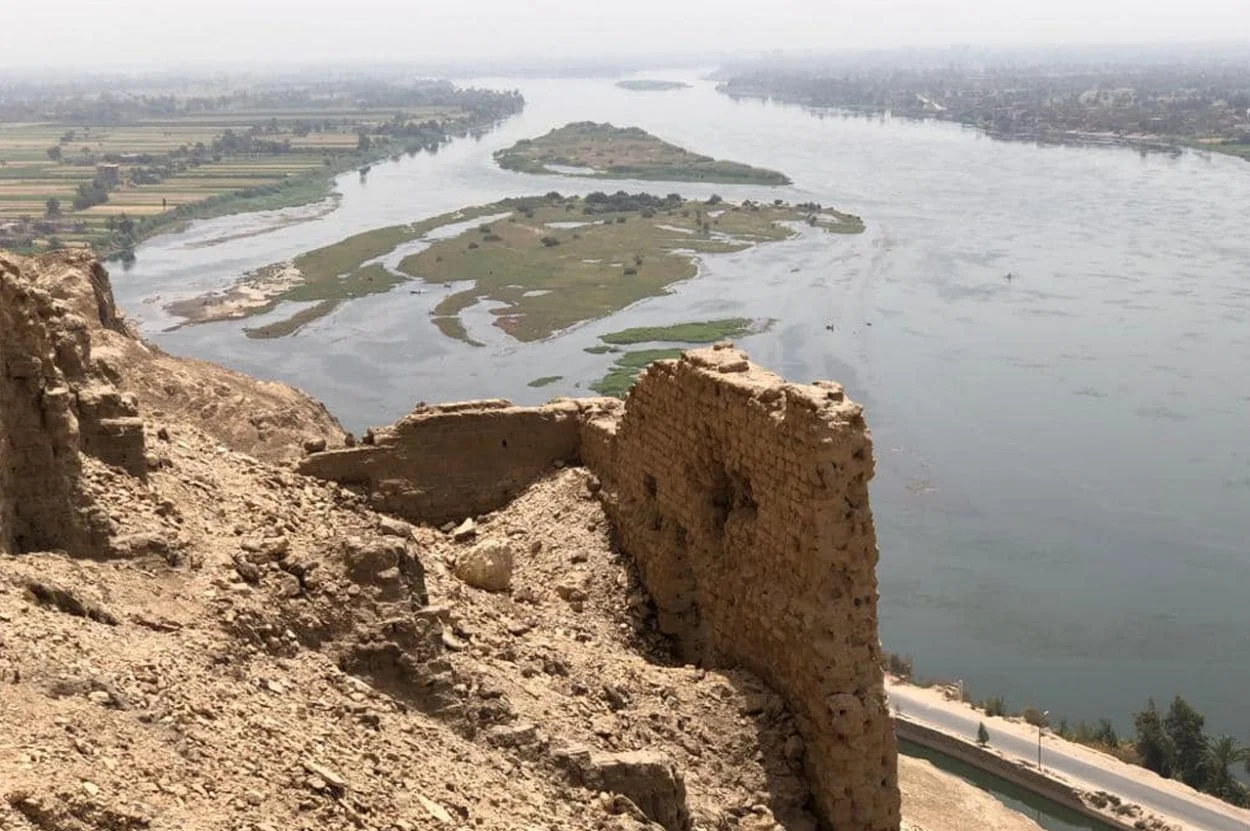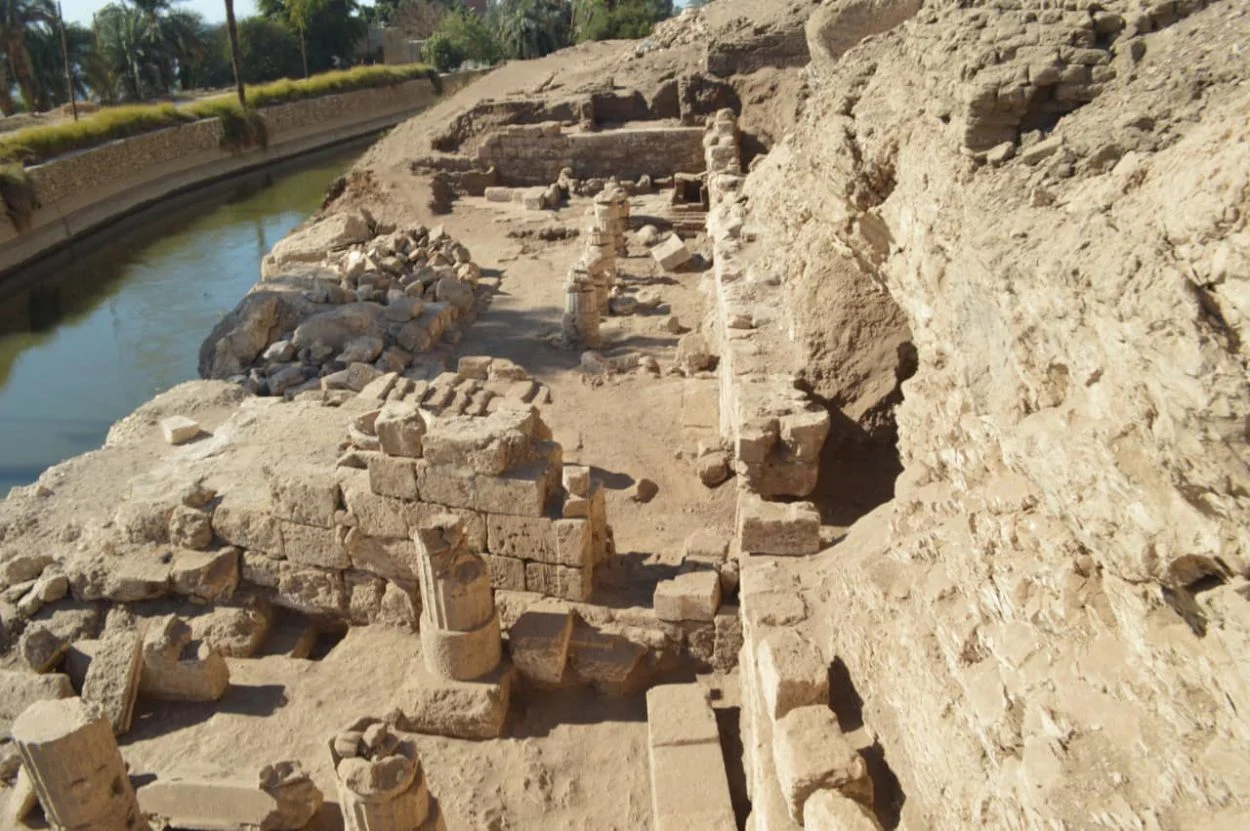Archaeologists from an Egyptian archaeological mission have discovered 85 tombs, a watch tower and a temple site at Gabal El Haridi in the Sohag region of Egypt.
Previous surveys of Gabal El Haridi have revealed significant archaeological material from the Sixth Dynasty of the Old Kingdom to the late Roman Empire and Coptic period.
During the latest season of excavations, researchers found a mudbrick tower that was used to levy taxes and guard the traffic on the Nile River. The tower dates from around the reign of Ptolemy III, the third pharaoh of the Ptolemaic dynasty in Egypt from 246 to 222 BC.

The team also discovered a Ptolemaic-era temple from roughly the same period that is dedicated to Isis, the Ancient Egyptian goddess first mentioned in the Old Kingdom (2700 BC to 2200 BC). Isis is one of the main characters in the Osiris myth who resurrected Osiris and gave birth to his heir, Horus. The temple site measures 33 metres long by 14 metres in width and consists of a rectangular hall with a series of columns and a limestone flooring.
Excavations have also revealed 85 tombs carved into a mountainside, some of which are simple workers burials, with more considerable tombs containing a series of corridors over multiple levels leading to a burial chambers.
30 of the burials held death certificates written in Hiratic and Demotic, identifying the name of the deceased, their age, origins, role in society and their parents’ names.
Ministry of Tourism and Antiquities





